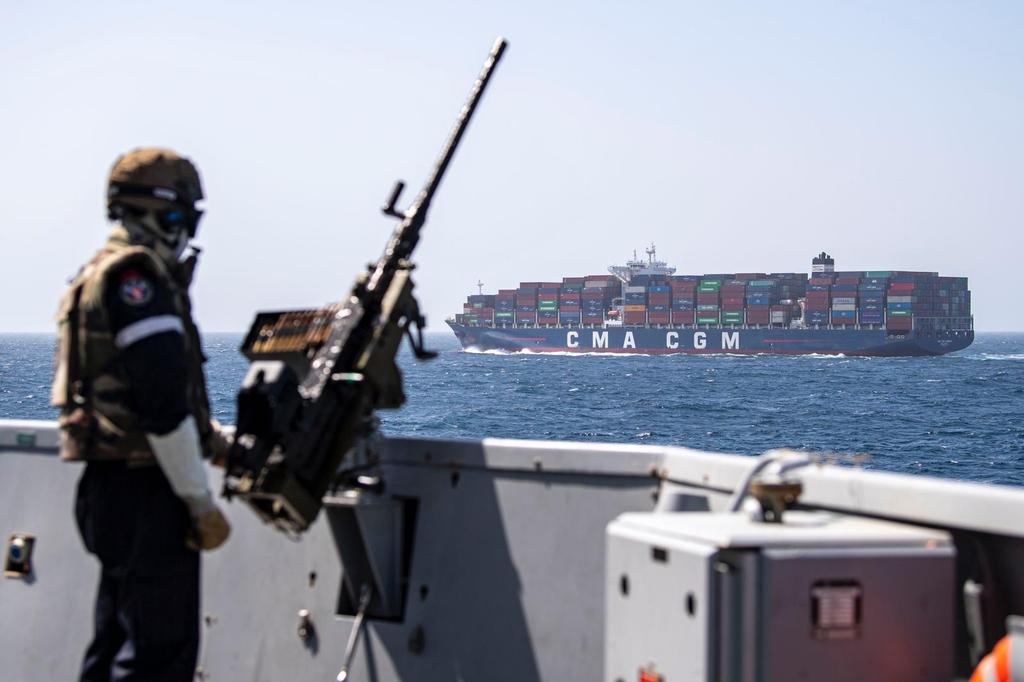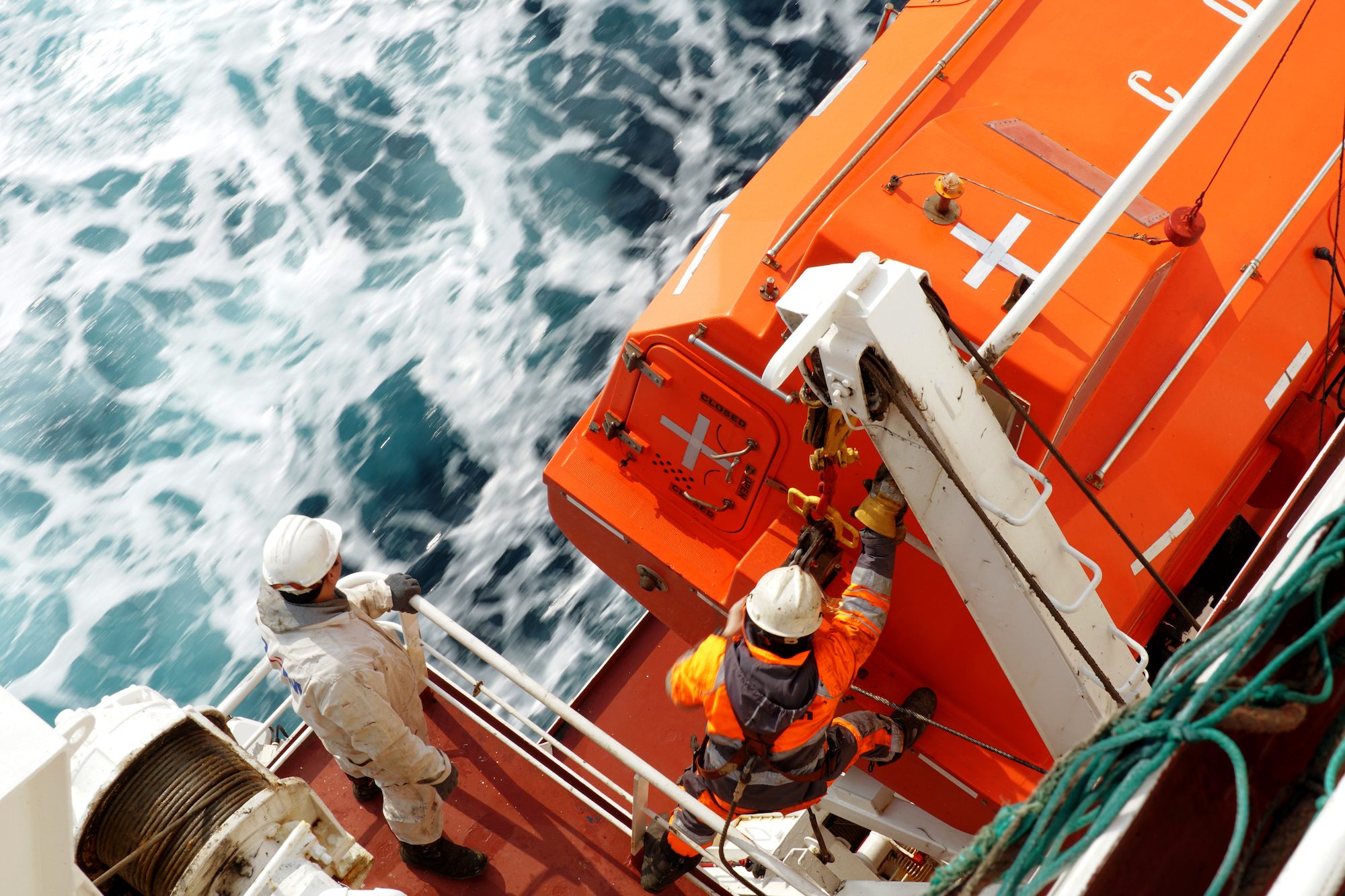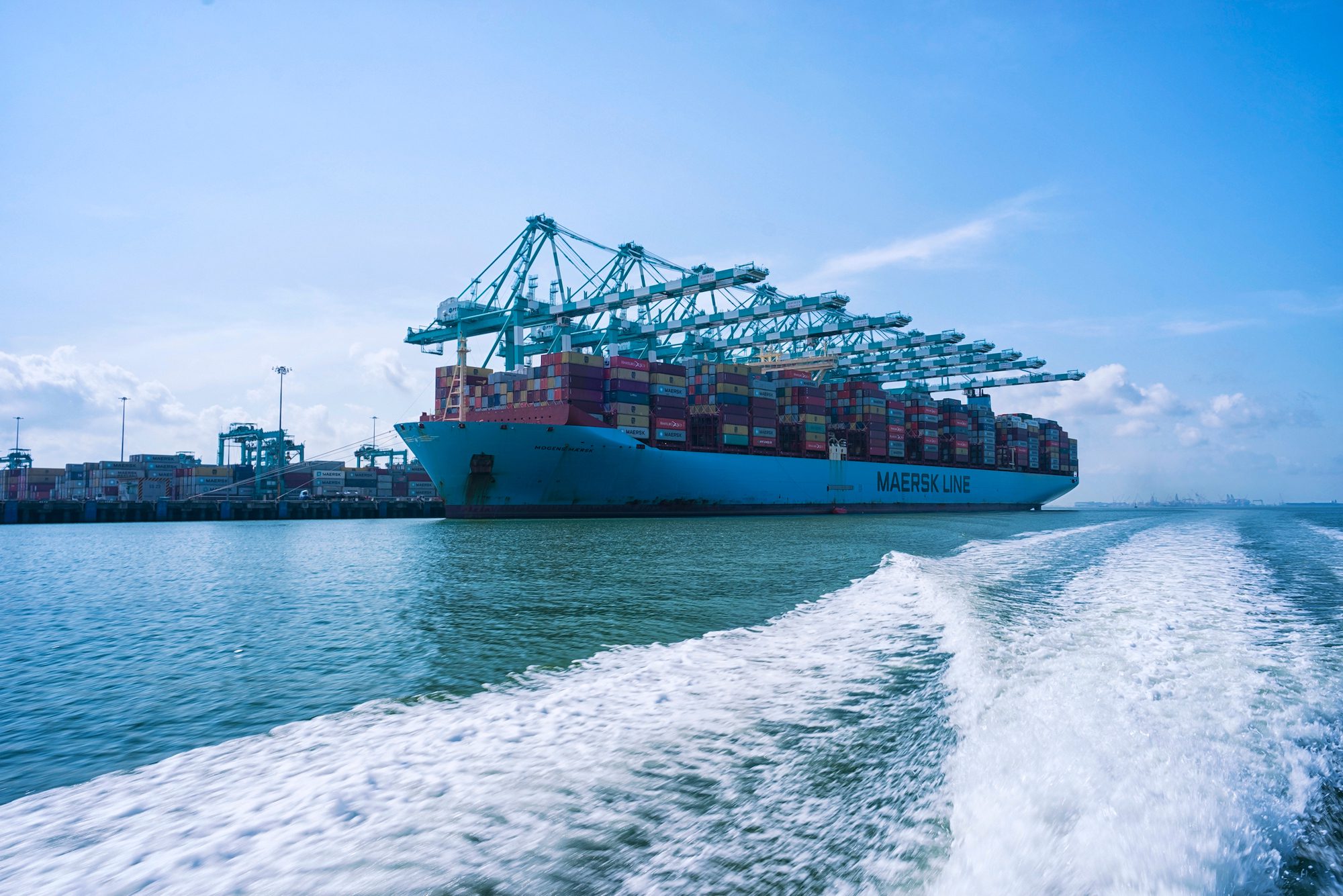The maritime industry faces an uncertain future due to the ongoing Red Sea crisis, with a majority of industry insiders predicting the issues will continue throughout this year and even extend into 2025, warns Drewry, a leading maritime industry consultant.
Since November, the Iranian-backed Houthis in Yemen have launched numerous attacks on merchant ships in the Red Sea and Gulf of Aden, compelling most shipping services to reroute around the Cape of Good Hope, thereby avoiding the more-direct Suez Canal. The crisis has led to an unexpected extended period of disruption, marked by longer voyages, growing risks, and increased costs.
Since May, the industry has witnessed a resurgence of capacity challenges, coupled with skyrocketing spot freight rates, severe port delays, and an unanticipated surge in volumes. The Drewry World Container Index, a key indicator of spot rates on eight key East-West routes, showed a 74% spike between late April and early June.
Drewry has identified four main factors driving the pricing increases. Despite carriers adding multiple ships to their East-West services to counter shortages due to Red Sea re-routings, effective capacity growth has been relatively stagnant. Drewry highlights that a 24% increase in ships and a 17% increase in total capacity on the Asia-North Europe route resulted in just a 2% increase in monthly effective capacity.
Another contributing factor is demand growth. Drewry points out that container volumes on the Transpacific and other routes have been surprisingly strong, with U.S. containerized imports predicted to hit 2.1 million TEU in May, an 8% year-on-year increase.
Shipper behaviour has also played a role. A Drewry survey suggests that some international shippers are shipping earlier this year, leading to capacity strains and delays. However, this early peak season is considered a short-term market shift.
Finally, operational disruptions have escalated, with port productivity declining and longer waiting times for berthing. Asian transhipment ports, in particular, are seeing near-record container densities, further hampering supply.
A recent Drewry survey regarding predictions for the end of Red Sea diversions paints a grim picture, with less than 17% of the 90 respondents expecting the diversions to end before the end of this year, while the majority of respondents (60%) predict that the current situation will end in the first half of 2025. The second most popular prediction is the second half of 2024, followed by the second half of 2025 and the first half of 2026. Only 3% of respondents do not foresee an end before the end of 2026.
Alternatively, following the end of Red Sea diversions, most respondents (43%) predict a 3-month normalization period for liner operations, followed by 27% who believe it will take longer than 3 months, and 25% who expect a 2-month period.
Unlock Exclusive Insights Today!
Join the gCaptain Club for curated content, insider opinions, and vibrant community discussions.

 Join The Club
Join The Club













